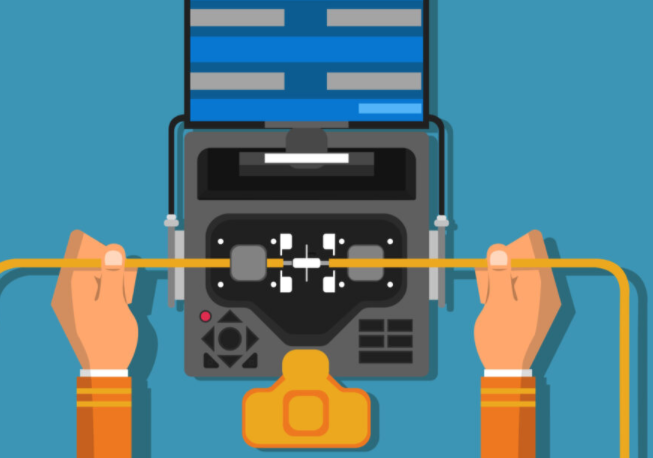Oufu Optical Fiber Cable Co.,Ltd
Address: Shenyang, Liaoning, China
Contact person: Manager Zhang
Phone: 400-964-1314
Mobile phone: +86 13904053308
【whatsapp && wechat】
2024-06-20 4096
Splicing Fiber Optic Cable for Telecommunications: A Comprehensive Overview
Fiber optic cables have become the backbone of modern telecommunications networks, providing unprecedented bandwidth and speed for data transmission. However, the installation and maintenance of these cables require a specialized skill set, particularly in the area of splicing. This article provides a comprehensive overview of fiber optic cable splicing for telecommunications, highlighting its importance, key steps, and challenges.
 www.adsscable.cn
www.adsscable.cn
Importance of Fiber Optic Cable Splicing
Fiber optic cable splicing is a crucial step in the installation and maintenance of telecommunications networks. It involves connecting two or more optical fibers together to form a continuous link, allowing for the efficient transmission of data. Without proper splicing, the network's performance and reliability can be significantly impacted, leading to data loss, decreased bandwidth, and increased downtime.www.adsscable.cn
Key Steps in Fiber Optic Cable Splicing
Preparation: Before starting the splicing process, it is essential to ensure that the workspace is clean and dust-free. Contamination can significantly impact the quality of the splice. Additionally, all necessary tools and equipment should be prepared and in good working condition.
Fiber Preparation: The ends of the optical fibers need to be prepared for splicing. This involves stripping the protective coating and jacket from the fibers using a fiber stripper. The fibers are then cleaned thoroughly to remove any dirt or debris that could contaminate the splice.
Fiber Cleaving: The prepared fibers are then cleaved precisely at a 90-degree angle using a fiber cleaver. This ensures a smooth and flat surface for splicing, which is crucial for achieving a low-loss connection.
Alignment and Splicing: The cleaved fibers are then aligned precisely using a fusion splicer. The splicer automatically adjusts the alignment and fusion parameters based on the type of fiber being used. Once aligned, the splicer melts the ends of the fibers together using a high-intensity arc, creating a permanent bond.
Testing and Quality Control: After splicing, it is crucial to test the quality of the connection. This involves using an optical power meter (OPM) to measure the optical loss at the splice and an optical time-domain reflectometer (OTDR) to detect any breaks or faults in the fiber. Any issues detected should be addressed immediately to ensure the reliability of the network.
Challenges in Fiber Optic Cable Splicing
While fiber optic cable splicing is essential for telecommunications networks, it also presents some challenges. One of the main challenges is the need for precision and accuracy. The fibers need to be aligned precisely to achieve a low-loss connection, and any small misalignment can significantly impact the performance of the network. Additionally, the splicing process must be performed in a clean and dust-free environment to prevent contamination and ensure the quality of the splice.
Another challenge is the need for specialized tools and equipment. Fiber optic cable splicing requires the use of high-precision tools and equipment, such as fiber cleavers, fusion splicers, and optical testing instruments. These tools and equipment require specialized training and expertise to operate effectively.
Conclusion
Fiber optic cable splicing is a crucial aspect of telecommunications networks, enabling the efficient transmission of data over long distances. By understanding the importance of splicing, following the key steps, and addressing the challenges, telecommunications professionals can ensure the reliability and performance of their networks. With the continued growth and evolution of telecommunications technology, fiber optic cable splicing will remain an essential skill for network engineers and technicians.